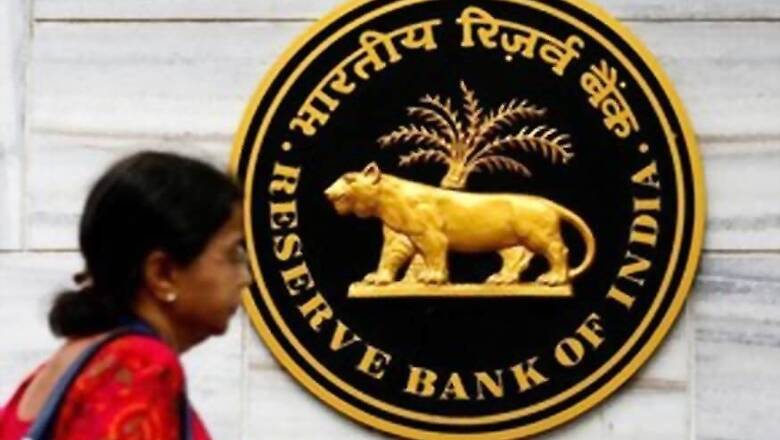
views
New Delhi: In what may make loans cheaper, the monetary policy committee cut repo rates by 25 basis points to 6.25 percent in its sixth bi-monthly monetary policy. Consequently, the reverse repo has come down to 6 percent.
Also, the stance of the central bank has been changed from 'calibrated tightening' to 'neutral'.
"On the basis of an assessment of the current and evolving macroeconomic situation at its meeting today, the Monetary Policy Committee (MPC) decided to reduce the policy repo rate under the liquidity adjustment facility (LAF) by 25 basis points from 6.5 per cent to 6.25 per cent with immediate effect," said the policy statement.
The six-member monetary policy committee (MPC) is headed by Reserve Bank of India (RBI) governor Shaktikanta Das. Majority of economists expected a pause in rates and a change in the stance of the MPC. They had expected a rate cut in the coming financial year.
One must remember that the RBI hikes the repo rate to control inflation. In the event of a rate cut, it is an indication of overall prices of products in the economy being under control. RBI’s rate cut will bring in further good news for consumers. As a lowered interest rate makes it even more flexible for companies to borrow at a cheaper rate from banks. Not only they, but even your home loan, personal loan and vehicle loan interest rate may also get eased, hence your EMIs will become cheaper.
For everyday consumers, the first thing to note is that RBI's policy positioning depends upon the Consumer Price Index (CPI) or retail inflation of the country. RBI decides the repo rate, in line with performance of CPI which has a major impact on purchasing and selling power.
Currently, CPI has eased to almost 18-month low at 2.19 percent for December 2018 month. This was due to fall in prices of in pulses and products and vegetables, sugar and confectionery and eggs.
As a common man, one always benefits from a low stable inflation and policy repo rate cut.
Also in a past pattern, even Patel when took charge for the first time surprised everyone by making a rate cut. Das followed a similar pattern, because ahead of general election a rate cut will also come as a good news for NDA government.
Higher inflation rate impacts the economy severely and prices of end products. It not only affects household budget but also in a long run makes tempers the savings and fixed income instruments of a citizen.
Thereby, everyone prefers low inflation. In his Budget 2019 speech, interim Finance Minister Piyush Goyal said, “Our government broke the back-breaking inflation. We have brought down average inflation to 4.6 per cent, which is lower than the inflation during the tenure of any other government."
When inflation is low, they make prices of goods and services rise at slower space. Products India becomes more competitive in comparison to international prices - this in return helps in improvement of the country’s trade balance via rise in exports.
Firms also prefer low inflation, because then it makes it very easier for them in making more investment and which reveals in future costs, prices and wages. If prices change at a slower rate, this gives ample of time to firms in spending less time and energy on updating prices of your goods.
Even savings see a jump in this scenario, as banks will be in better position to offer you real rate of return on your savings.
If prices of products are stable, this means lower expenses for common man and more investment from them which adds another value to economic growth. On the similar lines, if prices are stable there is rise in demand in a goods and services which helps the earnings of firms.
Finally, low inflation makes your income rise, as nominal wage growth is constant in the period.



















Comments
0 comment